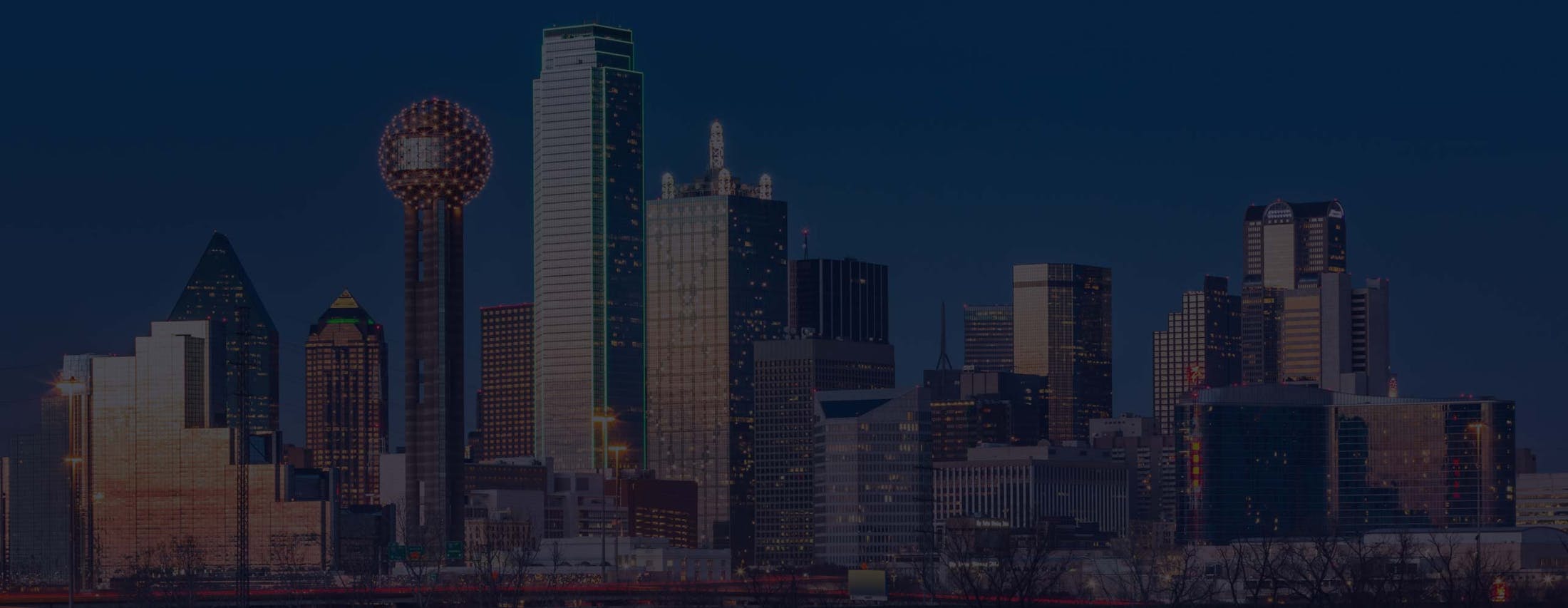Aging is a natural part of life, but maintaining a refreshed, youthful appearance is increasingly important to many of Dr. Bryan Pruitt’s clients. The Deep Plane Facelift is one of the most advanced surgical techniques available today and Dr. Pruitt’s signature Deep Plane Facelift offers results that are both long-lasting and naturally expressive.
Facelift Options: How Dr. Pruitt’s Deep Plane Differs
There are many “facelift” techniques used by different surgeons, each of which can be further modified if necessary. (Surgical techniques are often called or labeled by different names that can mean exactly the same thing anatomically.)
Not all “Deep Plane Facelifts” are created equal. Dr. Bryan Pruitt’s Deep Plane Facelift is performed with his own personal techniques and precisely developed technical modifications developed over 20 years which many believe provide the most comprehensive, artistic, and enduring enhancement. His procedure may be ideal for patients seeking a truly rejuvenated, yet authentic, appearance.
These are some of the basic names, each intended to meet different aging concerns:
- Traditional Facelift: Focuses on surface-level tightening, offering modest improvement in skin laxity.
- SMAS Facelift: This can mean many things. The SMAS is the muscular-fascial layer deeper in the face. (Lifting this layer is the approach to the Deep Plane.) Tightening the surface of this layer or repositioning a portion of it is called by some surgeons a “SMAS Facelift.”
- “Mini” Facelift: Often used to indicate a quick, minimal approach - may be an option for very early signs of aging for a limited number of patients.
- Deep Plane Facelift: Elevates the SMAS layer completely releasing attachments holding the face down and then repositions the deep tissues from beneath the SMAS layer, offering a deeper, longer lasting, and more natural rejuvenation.
























